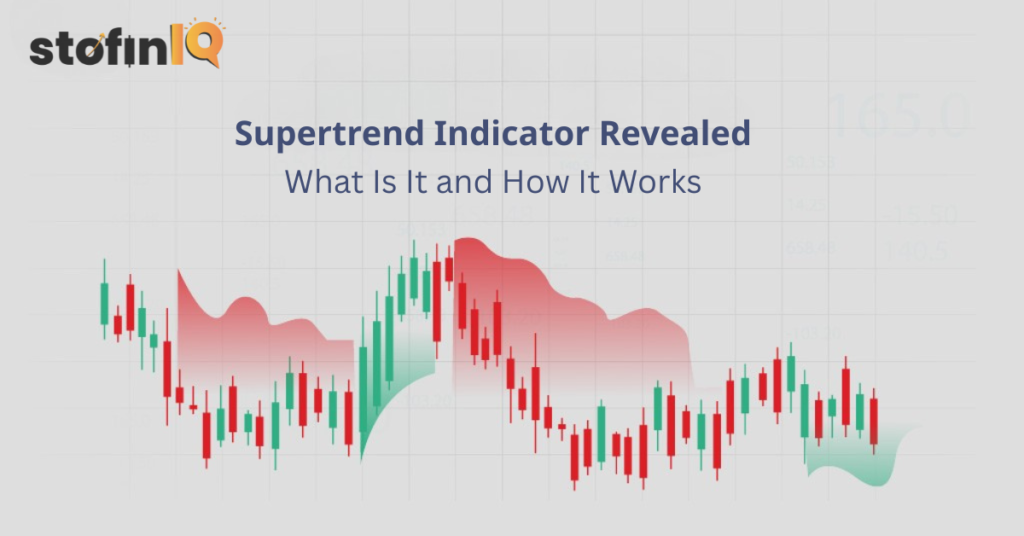You must have seen that stock charts do not just follow a random pattern. They are usually a combination of shapes traders can use to anticipate the next outcome. These trading chart patterns are like footprints that are created by the graph, which shows where the price might be moving next.
Table of Contents
ToggleWhether you are a beginner or an already established professional trader, going through the patterns will give you the potential to make smarter and more solid choices. This article will explain the most lucrative trading chart patterns, their identification, and their effective use.
Why Trading Chart Patterns Matter
Price action traders use trading chart patterns to hint at the mood of the market, including whether buyers or sellers are in control. Psychology is the reason behind these patterns: Traders’ reactions at critical levels are influenced by fear, greed, and herd mentality.
Gaining an understanding of these formations will enable you to:
- Recognize high-probability trade setups
- Enhance the timing of entry and departure
- Improve risk management
Let’s now explore the key patterns you should be aware of.
1. Head and Shoulders (Trend Reversal Pattern)
What it looks like:
- A peak (left shoulder), followed by a higher peak (head), then a lower peak (right shoulder).
- The neckline (support) connects the lows.
What it means:
- Indicates a possible reversal of the trend (typically from bullish to bearish).
- A break below the neckline confirms the pattern.
How to trade it:
- Enter short on the neckline break.
- Target price = Distance from head to neckline, projected downward.
2. Double Top & Double Bottom (Reversal Patterns)
Double Top (Bearish Reversal)
- Two peaks at roughly the same price level, followed by a breakdown.
- Confirmed when the price drops below the support level between the peaks.
Double Bottom (Bullish Reversal)
- Two troughs at similar lows, followed by a breakout.
- Confirmed when the price rises above the resistance level between the bottoms.
How to trade them:
- Sell at the double-top breakdown, and buy at the double-bottom breakout.
- Measure the height of the pattern for a potential price target.
3. Triangles (Continuation Patterns)
Triangles form when the price consolidates before continuing in the same direction. There are three main types:
- Symmetrical Triangle
- Lower highs and higher lows (compression).
- The breakout direction determines the next move.
- Ascending Triangle (Bullish)
- Flat top resistance + rising support.
- Typically breaks upward.
- Descending Triangle (Bearish)
- Flat support + lower highs.
- Typically breaks downward.
How to trade triangles:
- Wait for a confirmed breakout with volume.
- Trade in the breakout direction.
4. Flags & Pennants (Short-Term Continuation Patterns)
These patterns signal brief pauses before the trend resumes.
Flag: Small rectangular pullback against the trend.
Pennant: Small symmetrical triangle consolidation.
How to trade them:
- Enter in the direction of the original trend after the breakout.
- Measure the flagpole (initial move) for a potential target.
5. Cup and Handle (Bullish Continuation Pattern)
What it looks like:
- A cup (U-shaped recovery) followed by a small handle (minor pullback).
What it means:
- Indicates accumulation before another upward move.
How to trade it:
- Buy when the price breaks above the handle’s resistance.
- Target = Depth of the cup added to the breakout point.

Pro Tips for Trading Chart Patterns Successfully
1. Await confirmation: Await the breakout rather than assuming a pattern will materialize.
2. Use volume: High-volume breakouts are more dependable.
3. Combine with additional indicators: Fibonacci levels, RSI, and moving averages can all strengthen signals.
4. Control risk: To guard against fictitious breakouts, always use stop-loss orders.
Final Thoughts
Although they are useful tools, trading chart patterns are not perfect. Practice, perseverance, and effective risk management are the keys to success. Prioritize a small number of important patterns at first, backtest them, and then progressively add them to your plan.

